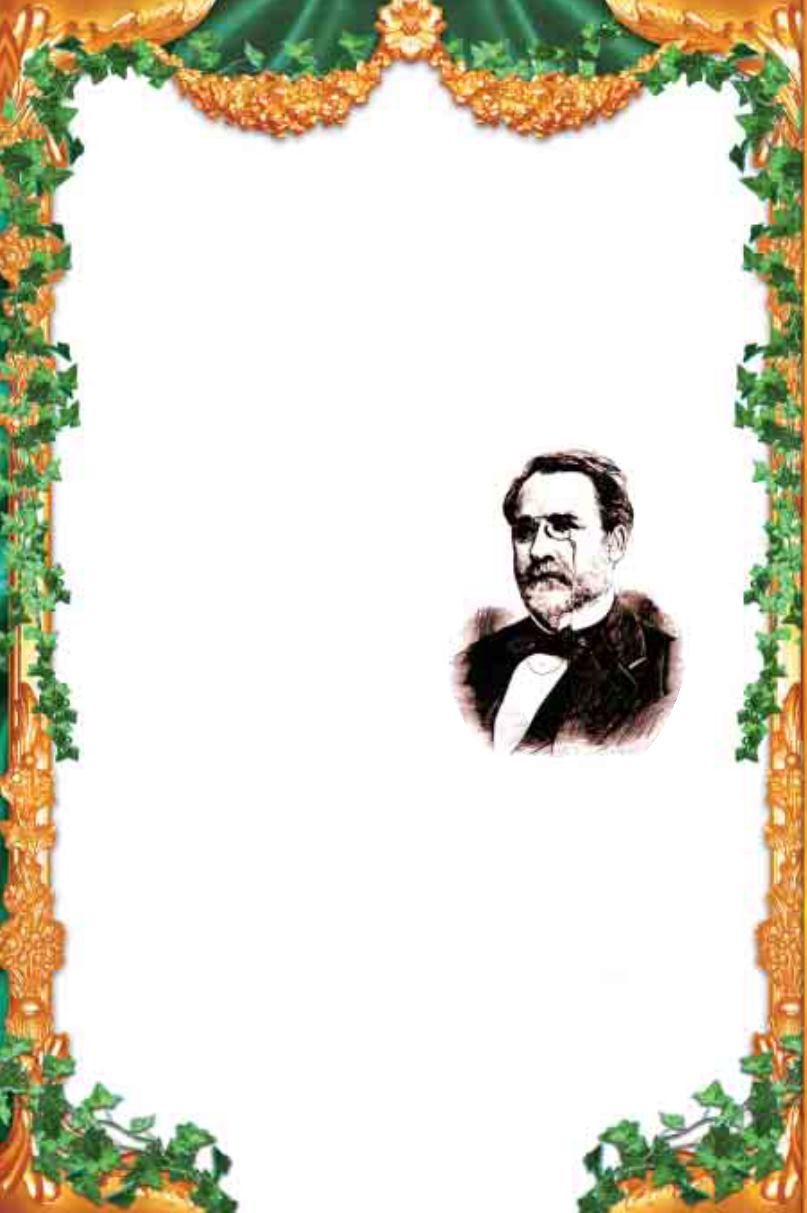
be evidence of spontaneous generation. However, it was later un-
derstood that worms did not appear on meat spontaneously, but
were carried there by flies in the form of larvae, invisible to the
naked eye.
Even when Darwin wrote
The Origin of Species
, the belief that
bacteria could come into existence from non-living matter was
widely accepted in the world of science.
However, five years after the publication of Darwin's book,
Louis Pasteur announced his results after long stud-
ies and experiments, that disproved sponta-
neous generation, a cornerstone of
Darwin's theory. In his triumphal lec-
ture at the Sorbonne in 1864, Pasteur
said: “Never will the doctrine of
spontaneous generation recover from
the mortal blow struck by this simple
experiment.”
44
For a long time, advocates of the
theory of evolution resisted these find-
ings. However, as the development of
science unraveled the complex struc-
ture of the cell of a living being, the idea that life could come into be-
ing coincidentally faced an even greater impasse.
Inconclusive Efforts In The
Twentieth Century
The first evolutionist who took up the subject of the origin of
life in the twentieth century was the renowned Russian biologist
Alexander Oparin. With various theses he advanced in the 1930s, he
The Miracle of Talking Birds
124
Louis Pasteur


